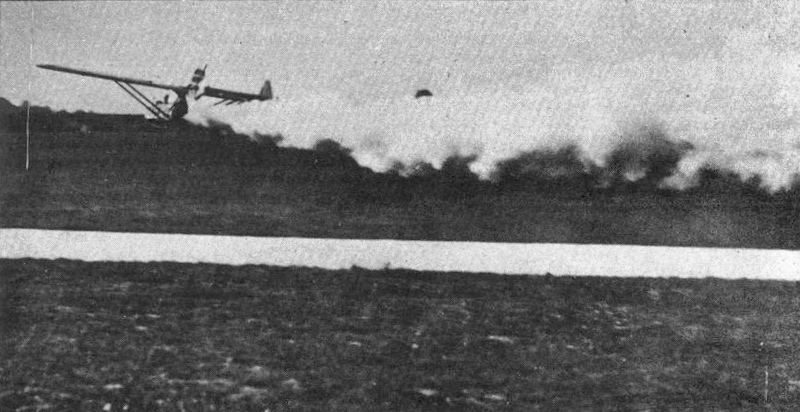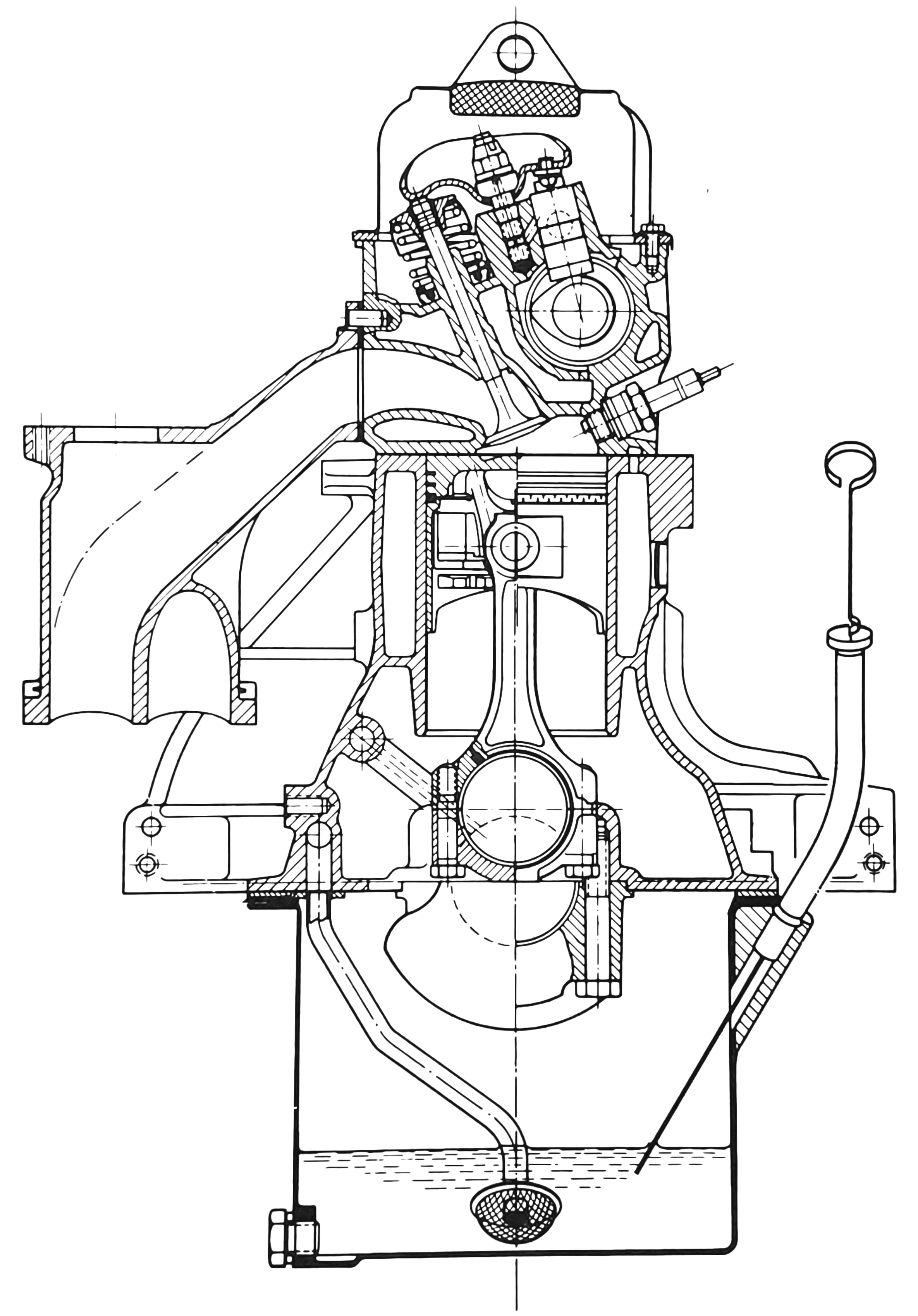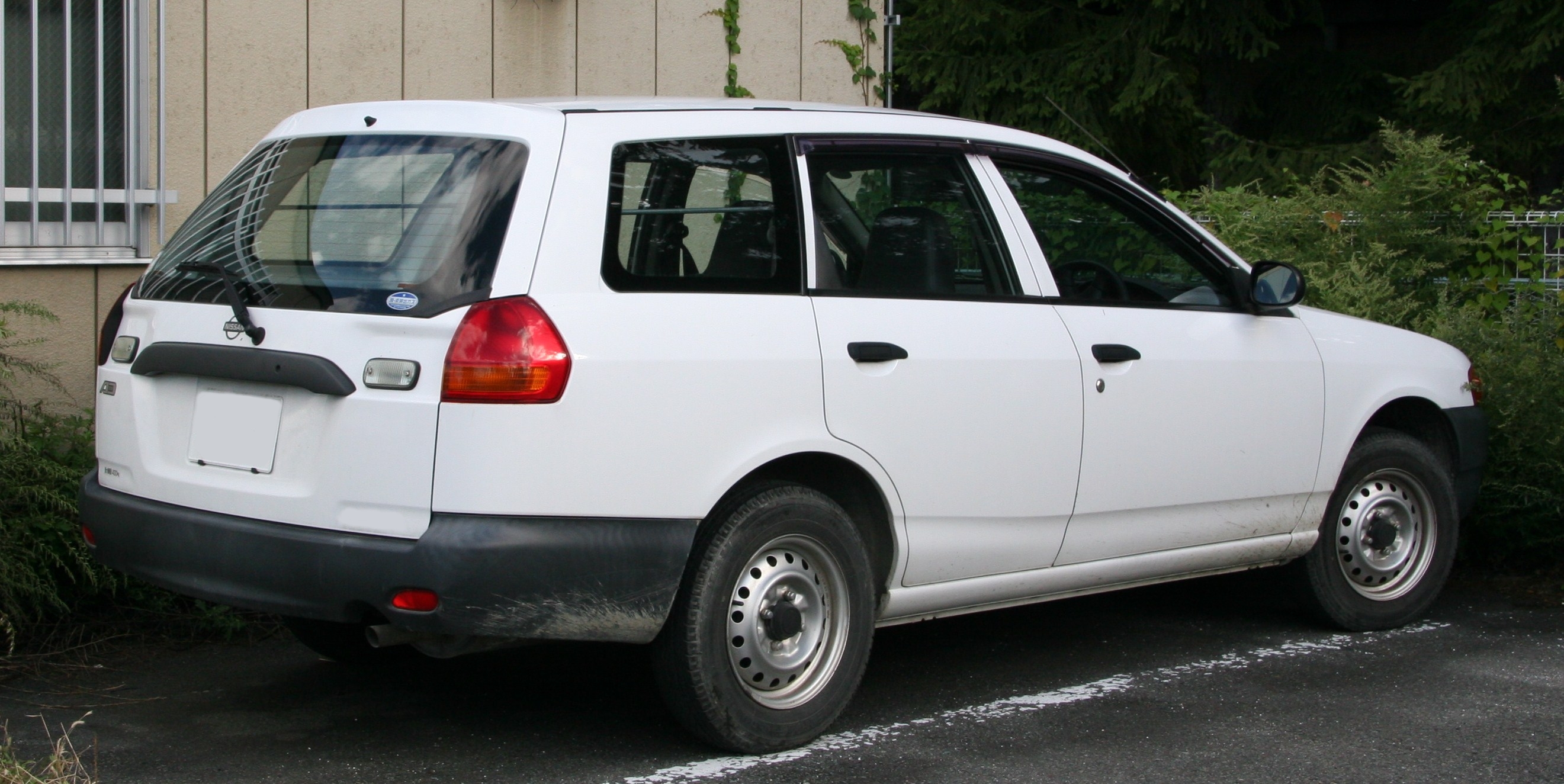|
Opel Senator
The Opel Senator is a full-size executive car (E-segment) produced by the German automaker Opel, two generations of which were sold in Europe from 1978 until 1993. A sedan (automobile), saloon, its first incarnation was also available with a fastback coupé body as the Opel Monza and Vauxhall Royale Coupé. The Senator was, for its entire existence, the flagship saloon model for both Opel and Vauxhall. Through the international divisions of General Motors, it was also known in various markets as the Chevrolet Senator, Daewoo Imperial (in South Korea), Vauxhall Royale (until 1983) and Vauxhall Senator (which took the place of the Royale on Vauxhall models when the Opel brand was phased out from 1983). It was also sold as the Opel Kikinda in Socialist Federal Republic of Yugoslavia, Yugoslavia, where it was produced under licence by IDA-Opel in Kikinda, Serbia, after which it was named. The original Senator was a ''de facto'' replacement for Opel's KAD cars (the Opel Kapitän, Ope ... [...More Info...] [...Related Items...] OR: [Wikipedia] [Google] [Baidu] |
Opel
Opel Automobile GmbH (), usually shortened to Opel, is a German automobile manufacturer which has been a subsidiary of Stellantis since 16 January 2021. It was owned by the American automaker General Motors from 1929 until 2017 and the PSA Group prior to its merger with Fiat Chrysler Automobiles to form Stellantis in 2021. Most of the Opel lineup is marketed under the Vauxhall Motors, Vauxhall brand in the United Kingdom since the 1980s. Some Opel vehicles were badge engineering, badge-engineered in Australia under the Holden brand until 2020, in North America and China under the Buick, Saturn Corporation, Saturn (until 2010), and Cadillac brands, and in South America under the Chevrolet brand. Opel traces its roots to a sewing machine manufacturer founded by Adam Opel in 1862 in Rüsselsheim am Main. The company began manufacturing bicycles in 1886 and produced its first automobile in 1899. With the Opel RAK program, the world's first rocket program, under the leadership of F ... [...More Info...] [...Related Items...] OR: [Wikipedia] [Google] [Baidu] |
Kikinda
Kikinda ( sr-Cyrl, Кикинда, ; ) is a List of cities in Serbia, city and the administrative center of the North Banat District in Serbia. The city's urban area has 32,084 inhabitants, while the city administrative area has 49,326 inhabitants. The city was founded in the 18th century. From 1774 to 1874 Kikinda was the seat of the District of Velika Kikinda, an autonomous administrative unit of Habsburg monarchy. In 1893, Kikinda was granted the status of a city. The city became part of the Kingdom of Serbia (and Kingdom of Serbs, Croats and Slovenes) in 1918, and it lost the city status. The status was re-granted in 2016. In 1996, the well-preserved archaeological remnants of a half a million-year-old mammoth were excavated on the outer edge of the town area. The mammoth called "Kika" has become one of the symbols of the town. Today it is exhibited in the National Museum of Kikinda. Other attractions of the city are the Suvača – a unique Horse mill, horse-powered dry m ... [...More Info...] [...Related Items...] OR: [Wikipedia] [Google] [Baidu] |
Opel Cam-in-head Engine
The Opel cam-in-head engine (CIH) is a family of automobile engines built by former General Motors subsidiary Opel from 1965 until 1998, appearing extensively in Opel/Vauxhall badged cars during this period. Both four- and six-cylinder inline configurations were produced. The name derives from the location of the camshaft, which was neither cam-in-block nor a true overhead camshaft. In the CIH engine the camshaft is located in the cylinder head but sits alongside the valves rather than above them, so therefore effectively is still an Overhead valve engine, overhead valve design. The valves are actuated through very short tappets and rocker arms. The engine first appeared in the Opel Rekord Series B, Opel Rekord B in 1965, and was largely replaced in four-cylinder form by the Family II engine, GM Family II unit as Opel/Vauxhall's core mid-size engine in the 1980s, with the six-cylinder versions continuing until 1994 in the Opel Omega, Omega A and Opel Senator, Senator B. A large ca ... [...More Info...] [...Related Items...] OR: [Wikipedia] [Google] [Baidu] |
Petrol Engine
A petrol engine (gasoline engine in American and Canadian English) is an internal combustion engine designed to run on petrol (gasoline). Petrol engines can often be adapted to also run on fuels such as liquefied petroleum gas and ethanol blends (such as '' E10'' and '' E85''). They may be designed to run on petrol with a higher octane rating, as sold at petrol stations. Most petrol engines use spark ignition, unlike diesel engines which run on diesel fuel and typically use compression ignition. Another key difference to diesel engines is that petrol engines typically have a lower compression ratio. History The first practical petrol engine was built in 1876 in Germany by Nicolaus August Otto and Eugen Langen, although there had been earlier attempts by Étienne Lenoir in 1860, Siegfried Marcus in 1864 and George Brayton in 1873. Design Thermodynamic cycle Most petrol engines use either the four-stroke Otto cycle or the two-stroke cycle. Petrol engines have also ... [...More Info...] [...Related Items...] OR: [Wikipedia] [Google] [Baidu] |
GM V Platform (RWD)
The V platform (or V-body) is a rear-wheel drive automobile platform that underpinned various General Motors (GM) vehicles from 1966 through to its final discontinuation in 2007. The V platform was developed in the 1960s by the German subsidiary of GM, Opel, and underpinned vehicles competing in the European E-segment, with the Opel Rekord and Opel Omega being its two most prolific nameplates. However, it was not without significant revision over its lifetime, with major updates in 1978, 1986 and 1994 corresponding with new generations of the Opel Rekord/Omega and their various derivatives. The platform's phase-out began when European production of the Opel/Vauxhall variants ended during 2003, while the Australian variants, produced by Holden continued until 2007, after their final replacement by Zeta-derived models. The first of these Zeta cars came in 2006, with the remaining changing over in 2007. V-cars are identified by the "V" fourth character in their Vehicle Identificatio ... [...More Info...] [...Related Items...] OR: [Wikipedia] [Google] [Baidu] |
FR Layout
A front-engine, rear-wheel-drive layout (FR), also called Système Panhard is a powertrain layout with an engine in front and rear-wheel-drive, connected via a drive shaft. This arrangement, with the engine straddling the front axle, was the traditional automobile layout for most of the pre-1950s automotive mechanical projects. It is also used in trucks, pickups, and high-floor buses and school buses. Front mid-engine, rear-wheel-drive layout A front mid-engine, rear-wheel-drive layout (FMR) places the engine in the front half of the vehicle but ''behind'' the front axle, which likewise drives the rear wheels via a driveshaft. Shifting the engine's center of mass rearward aids in front/rear weight distribution and reduces the moment of inertia, both of which improve a vehicle's car handling, handling. FMR cars are often characterized by a long hood and front wheels that are pushed forward to the corners of the vehicle, close to the front bumper. 2+2 (car body style), 2+2-style ... [...More Info...] [...Related Items...] OR: [Wikipedia] [Google] [Baidu] |
Opel Omega
The Opel Omega is an executive car engineered and manufactured by German automaker Opel between 1986 and 2003. The first generation, the Omega A (1986–1994), superseded the Opel Rekord. It was voted European Car of the Year for 1987, and was available as a sedan (car), saloon or estate car, estate. The second generation, the Omega B, was manufactured from 1994 to 2003. Badge engineering, Rebadged variants of the Omega were marketed worldwide, including in North America as the Cadillac Catera, in Great Britain as the Vauxhall Omega, and South America as the Chevrolet Omega. As with the Rekord which preceded it, re-engineered versions of the Omega were manufactured in Australia from 1988 as the Holden Commodore (and its derivatives) since 1999. Commodore-based cars were in turn exported to South America as the Chevrolet Omega and to the Middle East as the Chevrolet Lumina. Production of the Omega was discontinued in 2003. It was succeeded by the Opel Signum. __TOC__ Omega A ... [...More Info...] [...Related Items...] OR: [Wikipedia] [Google] [Baidu] |
Opel Rekord
The Opel Rekord is a large family car which was built in eight generations by the German car manufacturer Opel. Between 1953 and 1986, approximately ten million were sold. The Series D and E Rekords also spawned derivative versions manufactured by Opel's British sister company Vauxhall and in the case of the Rekord E, GM's Australian arm Holden. In 1986, the Rekord nameplate was replaced by the Opel Omega. Naming The Rekord name evolved into the main name of the model; at first the name was used in close relationship with the Opel Olympia name, which pre-dated the Rekord but was also reinstated in a separate model in 1967. The various generations are described here with the manufacturer's, or other commonly used designations such as "Rekord P I" or "Rekord B". The car was not badged with these additional appellations. Olympia Rekord (1953–1957) The Opel Olympia Rekord was introduced in March 1953 as successor to the Opel Olympia, a pre-World War II design dating back to ... [...More Info...] [...Related Items...] OR: [Wikipedia] [Google] [Baidu] |
Automobile Platform
A car platform is a shared set of common design, engineering, and production efforts, as well as major components, over a number of outwardly distinct models and even types of cars, often from different, but somewhat related, marques. It is practiced in the automotive industry to reduce the costs associated with the development of products by basing those products on a smaller number of platforms. This further allows companies to create distinct models from a design perspective on similar underpinnings. A car platform is not to be confused with a platform chassis, although such a chassis can be part of an automobile's design platform, as noted below. Definition and benefits A basic definition of a platform in cars, from a technical point of view, includes underbody and suspensions (with axles) — where the underbody is made of the front floor, rear floor, engine compartment, and frame (reinforcement of underbody). Key mechanical components that define an automobile platform in ... [...More Info...] [...Related Items...] OR: [Wikipedia] [Google] [Baidu] |
Vauxhall Viscount
A viscount ( , for male) or viscountess (, for female) is a title used in certain European countries for a noble of varying status. The status and any domain held by a viscount is a viscounty. In the case of French viscounts, the title is sometimes left untranslated as ''vicomte'' . Etymology The word ''viscount'' comes from Old French (French language">Modern French: ), itself from Medieval Latin , accusative case, accusative of , from Vulgar Latin, Late Latin "deputy" + Latin (originally "companion"; later Roman imperial courtier or trusted appointee, ultimately count). History During the Carolingian Empire, the kings appointed counts to administer provinces and other smaller regions, as governors and military commanders. Viscounts were appointed to assist the counts in their running of the province, and often took on judicial The judiciary (also known as the judicial system, judicature, judicial branch, judiciative branch, and court or judiciary system) is the syst ... [...More Info...] [...Related Items...] OR: [Wikipedia] [Google] [Baidu] |
Vauxhall Cresta
The Vauxhall Cresta is a British automobile which was produced by Vauxhall from 1954 to 1972. The Cresta was introduced in 1954 as an upmarket version of the Vauxhall Velox, itself a six-cylinder version of the Vauxhall Wyvern. The Cresta models were the E (1954–1957), PA (1957–1962), PB (1962–1965) and PC (1965–1972). The Viscount (1966–1972) was an upmarket Cresta PC. __TOC__ Cresta E The Vauxhall Velox had been introduced in 1948, with a new version in 1951. The Cresta E version, launched in 1954, had the same 2262 cc six-cylinder engine in the same state of tune but scored over the Velox in having a choice of leather or fabric upholstery, optional two-tone paintwork, a heater as standard, a small electric fascia mounted clock, a cigar lighter, a lamp automatically illuminating the boot when opened and a vanity mirror on the inside of the front passenger's sun visor along with a special ornamental badge above the V (for Vauxhall) badge on the nose of the c ... [...More Info...] [...Related Items...] OR: [Wikipedia] [Google] [Baidu] |








